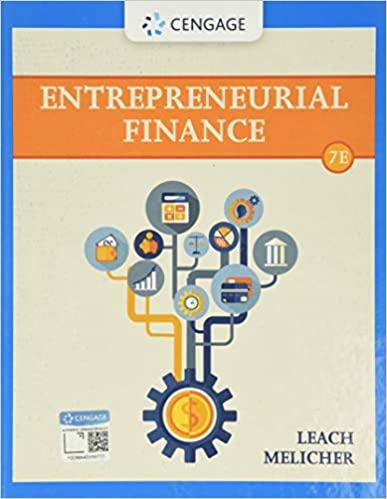Question
21) If the underlying asset has a current market price of $40 and the strike price on an option contract on that asset is $45,
21) If the underlying asset has a current market price of $40 and the strike price on an option contract on that asset is $45, then:
A. the option is in-the-money if it is a call option
B. the option has $0 of intrinsic value if it is a call option
C. the option has $5 time value if it is a call option
D. none of the above
22) If the underlying asset has a current market price of $40 and the strike price on an option contract on that asset is $45, then:
A. the option is in-the-money if it is a put option
B. the option has $0 of intrinsic value if it is a call option
C. the option has $5 intrinsic value if it is a put option
D. all of the above
23) Which of the following investments does NOT require initial margin?
A. writing a call option
B. buying a put option
C. writing a futures contract
D. none of the above, they all do require initial margin
24) Suppose you buy a futures contract on an asset with a futures price of $50. At expiry of the futures contract the market price of the asset is $45:
A. the contract is out-the-money and you would not exercise
B. the contract is in-the-money and you would make a profit C. the contract is in-the-money, but we dont know if the investment made a profit or loss without knowing the original premium at the time of the trade
D. you would make a loss on the investment
In a positively skewed distribution of returns:
A. the mean return is higher than the mode
B. the mean return is lower than the mode
C. the mean and mode are equal
Step by Step Solution
There are 3 Steps involved in it
Step: 1

Get Instant Access to Expert-Tailored Solutions
See step-by-step solutions with expert insights and AI powered tools for academic success
Step: 2

Step: 3

Ace Your Homework with AI
Get the answers you need in no time with our AI-driven, step-by-step assistance
Get Started


